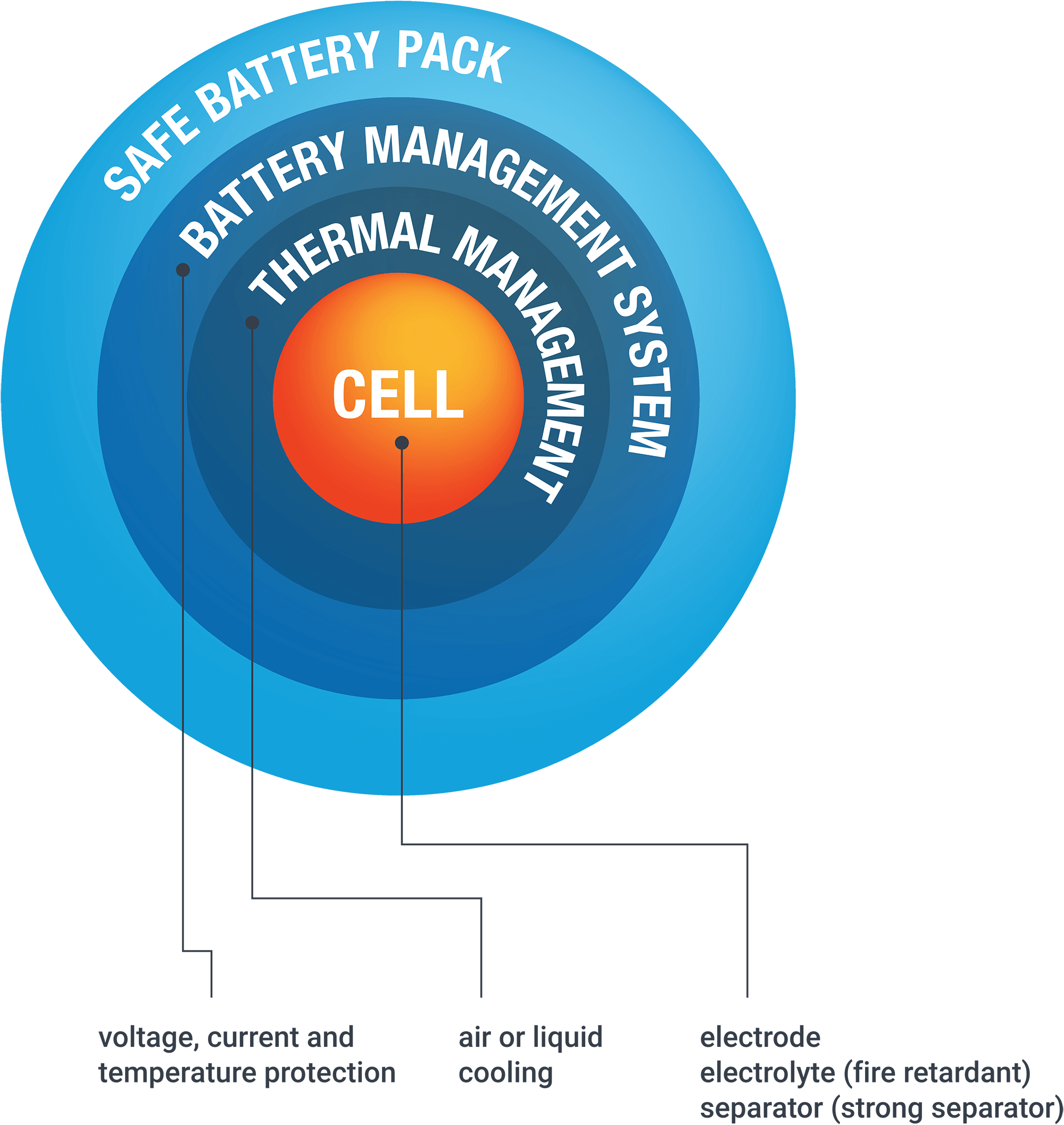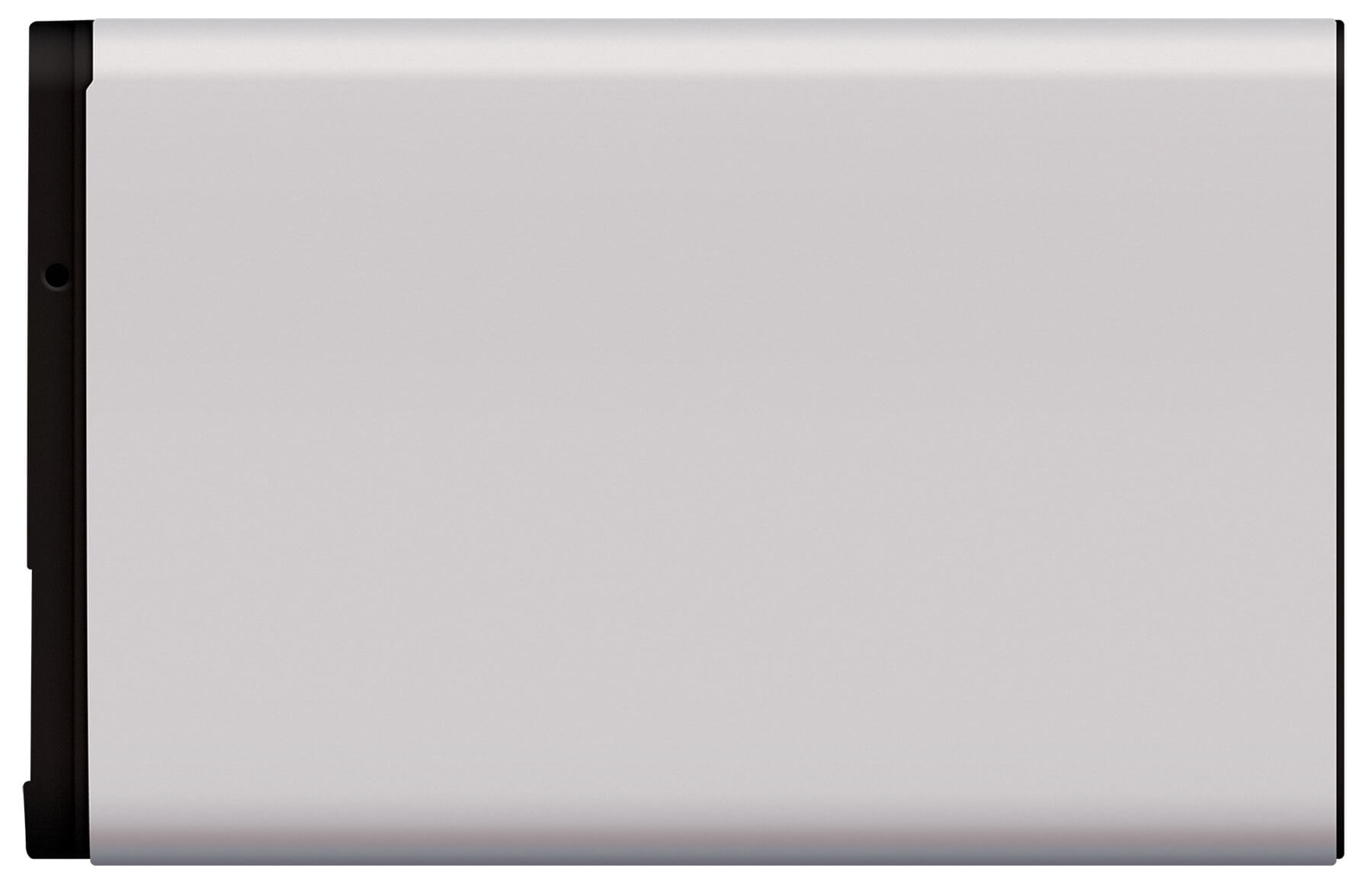The SafeCore Solution
SafeCore’s transformative, patented technology helps prevent lithium-ion batteries from being the source of a fire or explosion due to three primary causes: overcharge, internal short, or external heat.
SafeCore Battery Test
The video above is a side-by-side demonstration of a typical lithium-ion battery versus one equipped with SafeCore. Both batteries were charged to 12 volts (at a IC/3 Amp charge rate) until either the cell caught fire or failed safely.
What makes safecore different?
Battery packs have complex battery management systems (BMS) that keep batteries from operating outside of their safe boundaries. In some cases, there are even redundant BMS used to ensure greater safety. Also, chemicals used for thermal management reduce the performance of the battery. SafeCore opens the possibility to eliminate the redundant BMS and potentially reduce the amount of fire retardant chemicals in the cell.
Typical external safety measures in a
lithium-ion battery

SafeCore benefits
optimizing the safety and performance of lithium-ion batteries
A better battery means a stronger industry across the board.

Safety
- Arrests thermal run-away caused by internal short, overcharge, impact or heat at the individual battery cell level providing protection from explosion and fire.
Ease of integration
- Virtually NO increase in bill of materials
- NO major capital expenditures required
- Manufacturer can implement within six months
- NO increase in cycle time
Minimizes safety as concern for design
- Smaller and lighter systems
- Less expensive system
Applicable to any high energy density battery
- Other theories don’t provide same level of safety or performance
Increased lifespan of battery
- Increased cycle life
- Increased shelf life
- Slower loss of charge over life of battery
Where could it be applied?
SafeCore can be implemented across all lithium-ion batteries and is applicable to other high energy density chemistries as well as solid state.
The use of SafeCore requires no incremental capital cost and virtually no increase to the bill of materials for lithium-ion batteries. Lithium-ion batteries are widely used in consumer electronics (cell phones, tablets, laptops) automotive (EV) and marine, power packs (power tools) and energy storage (electric grid storage, commercial storage and home storage).
For example, lithium metal has been studied as a possible chemistry to achieve higher energy density – nearly double – in batteries. The problem is lithium metal batteries will always ultimately fail in catastrophic thermal runaway when they reach end of life. Again, think fire! SafeCore could be an enabler for these types of advancements when safety is removed as a concern.

